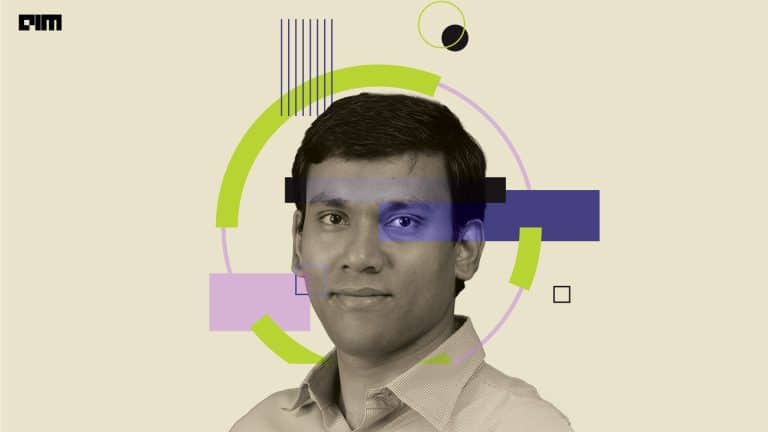A new study published by Nature Partner Journals shows that AI can be used to avoid unnecessary monitoring of patients, which can help reduce sleep disruption for patients and reduce staff’s workload.
The study, which collected data from 2012 to 2019, trained a recurrent deep neural network model that used data of around 2.3 million admissions and 26 million vital sign assessment. The model enables safe avoidance of overnight monitoring for 50% of patient-nights.
Poor sleep is a common problem among patients, and many patients experience insomnia during the night. Sleep disruptions can make things worse and are often associated with undesirable effects ranging from delirium and cognitive impairment to weakened immunity, hypertension, elevated stress hormones and increased mortality.
The study, conducted by researchers at the Feinstein Institutes for Medical Research, New York, was performed on low-risk patients, who can be harmed by frequent assessments.
The model was trained by using input data of vitals including respiratory rate, heart rate, systolic blood pressure, body temperature, patient age, and a calculated risk score called Modified Early Warning Score (MEWS).
Based on the combination of vitals and MEWS, the trained model predicted the need for whether the patient needs to be woken for monitoring. The model misclassified only two out of 10,000 patient-nights as stable.
The benefits of AI do not extend only to patients. They also become relevant in terms of reducing the burden on healthcare staff. According to the study, nurses spend around one-third of their time documenting vitals. The study predicts that the use of the model can reduce 20–25% workload of an overnight shift, facilitating focus on more acutely ill patients.
Is it ready for the real world?
This study did not include ICU patients, and its model has not yet been implemented in clinical use, and its acceptance and impact on processes of care are not yet tested.
“One needs to be cautious about implementing machine learning models to these systems in the real world,” said Dr Uday Phadke, an endocrinologist from Pune and a well-known name in the Indian medical community.
“If I were to implement such a system based on an algorithmic model, I would first use it on non-serious patients at the start, and once its efficacy is established by several journals, then can be considered implementing it for severe patients.”
When asked what will be the major challenges to implement such models in India once the efficacy is empirically proven, Dr Phadke said “One important factor is cost. While these machines may reduce the burden on the workforce, it should be affordable for hospitals. The technology and the expertise to keep the technology running might prove out to be more expensive for hospitals.
“Also, it is understandable that staff taking vitals could be intrusive and might disturb sleep patterns, but from a more cultural aspect, in India, a patient is likely to feel more comfortable when a nurse or a doctor comes and shows their face to tell you that your vitals are alright,” said Dr Phadke.
He further added, “In saying so, the progress made by technologies like machine learning in the field of biomedicine and related fields is tremendous, and they bring a great level of accuracy and eventually might get adopted.”
According to a market research report, the market for Remote Monitoring Patient systems is predicted to grow from $ 920 million in 2020 to $ 920 million in 2026, as the
In India, around 20 hospitals and 500 doctors were using Stasis Labs’ remote monitoring solutions for out-of-ICU monitoring, said Dr Roheet Rao, VP sales, in an interview in 2018.
Wrapping Up
The model developed by the researchers has three main advantages – reduced disturbance in patients’ sleep, increased bandwidth for the care of critical patients, and reduced avoidable exposure.
While it is too early to use models such as the ones developed in this study on severe patients, studies have shown that 75% of hospital deaths occur in unmonitored settings outside the ICU. Hence, the medical community should consider undertaking such models for non-serious patients with utmost precautions, if they think it will help improve their services.




















































































